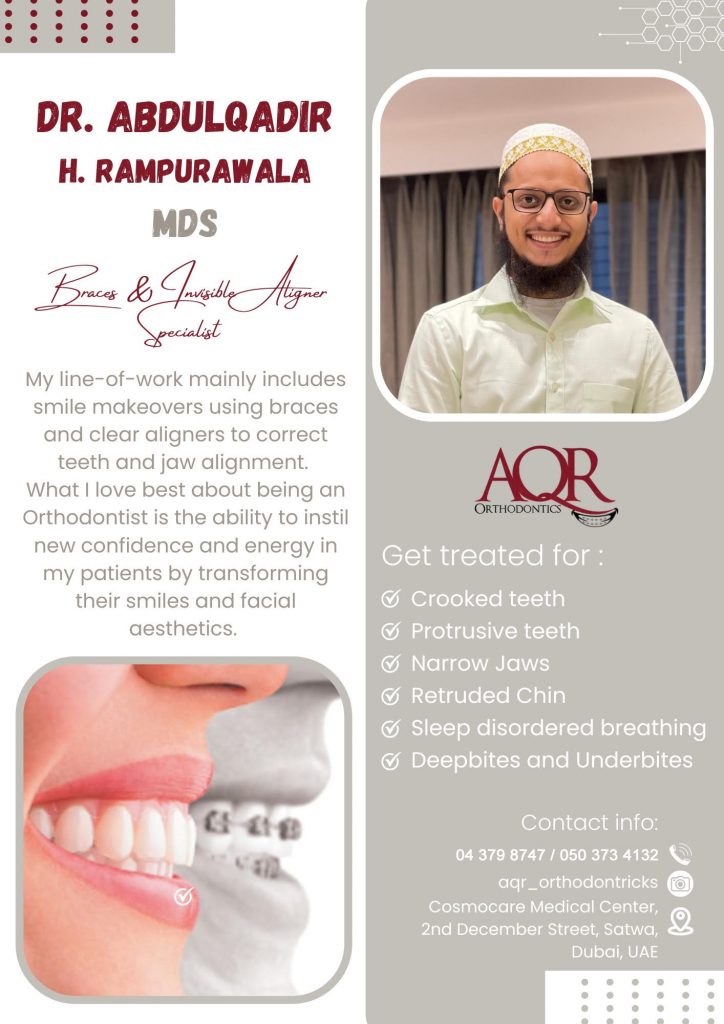Choosing between traditional braces and clear aligners can be a tough decision. Both treatment options have their unique advantages and limitations, and what works best depends on your individual orthodontic needs and lifestyle. Here’s an objective look at the pros and cons of each to help you make an informed decision.
Traditional Braces
- Advantages:
– Effective for Complex Cases: Traditional braces are highly effective at treating a wide range of orthodontic issues, including severe crowding, misaligned bites, and complex tooth movements.
– No Compliance Issues: Since braces are fixed to the teeth, there’s no risk of forgetting to wear them, making them ideal for patients who may struggle with the discipline of removable appliances.
– Predictable Results: Braces are a time-tested option with a high success rate in achieving precise and painless results, especially due to use of low friction wires.
- Limitations:
– Aesthetic Concerns: Metal brackets and wires are visible, and ceramic ones easily tend to pick up stains. This may be a concern for those seeking a more discreet treatment option.
– Discomfort: Braces can cause discomfort, especially after adjustments, and the brackets or wires may irritate the inside of the mouth.
– Dietary Restrictions: Certain foods like sticky or hard items need to be avoided to prevent damage to the braces.
Clear Aligners
- Advantages:
– Aesthetic Appeal: Clear aligners are virtually invisible, making them a popular choice for those seeking a more discreet treatment.
– Removable: Aligners can be taken out for eating, brushing, and flossing, which means no dietary restrictions and easier oral hygiene.
– Comfort: Aligners are smooth and less likely to cause irritation to the gums and cheeks compared to metal brackets.
- Limitations:
– Compliance Dependent: Since clear aligners are removable, treatment success relies heavily on wearing them for the recommended 20-22 hours per day. Forgetting to wear them can delay progress.
– Not Suitable for All Cases: Aligners may not be effective for treating severe orthodontic issues such as complex jaw problems, large bite discrepancies or cleft abnormalities.
– Cost: In some cases, clear aligners can be more expensive than traditional braces, depending on the complexity of treatment and the brand chosen.
The Final Verdict: Orthodontist Expertise Matters
While both traditional braces and clear aligners have their strengths and limitations, it’s important to remember that the success of your treatment doesn’t solely depend on the type of appliance you choose. The skill and expertise of your orthodontist play a crucial role in ensuring a successful outcome. An experienced orthodontist can assess your individual case, recommend the best treatment option, and guide you through the process to achieve the best possible results.
Ultimately, whether you opt for braces or aligners, it’s the combination of the right treatment plan and a skilled orthodontist that will ensure the best possible outcome for your smile. Come visit us at Cosmocare Medical Center to find out which appliance is best suited for your smile transformation.


